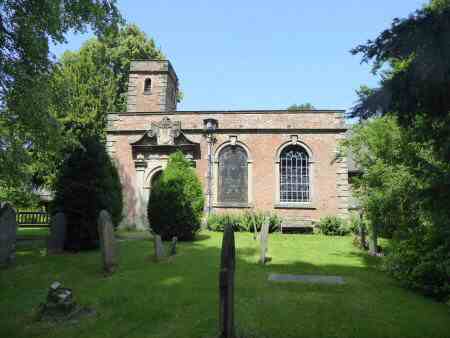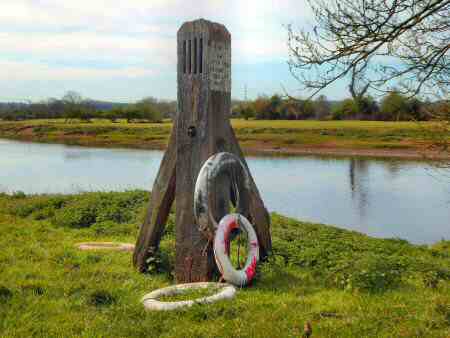A TO Z HIGHLIGHTS OF SOUTH DERBYSHIRE - PART 11
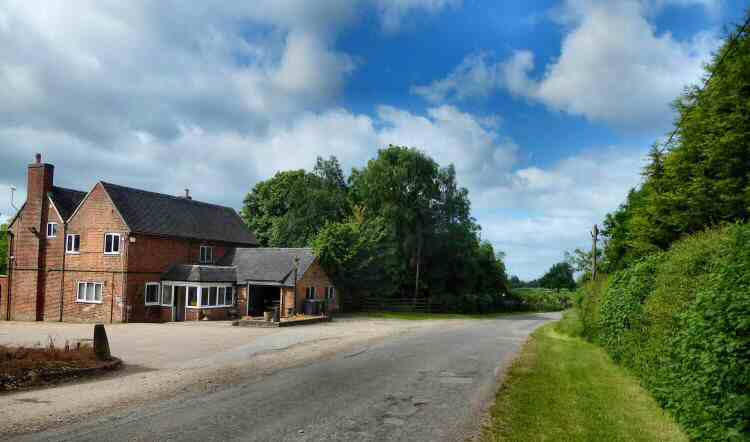
THURVASTON
Thurvaston is a small village in the parish of Osleston and Thurvaston, near Long Lane the village and the old Roman Road of the same name. The road was built to connect the Roman settlements at Derby and Rocester. Situated in lovely South Derbyshire countryside the area comprises mainly cottages, new-builds and scattered farms. The population has decreased over the years, but evidence remains of the former settlement. In the form of the remains of a well-preserved sunken village. The moated house site also survives.
TICKNALL
e ancient village of Ticknall on the A514 between Derby and Swadlincote is surrounded by beautiful parkland, in the attractive well-wooded countryside, and is one of South Derbyshire’s prettiest villages. Originally, the Harpur-Crewe family built it as the estate village to Calke Abbey. However, following the sudden death of Sir Charles Harpur-Crewe in March 1981, while out setting mole traps, the estate was crippled by death duties and the Abbey was handed over to the National Trust in 1985.
Ticknall had its heyday in the late 18th and 19th centuries, when lime yards and brick-making, tile and pottery operations were in full swing. Lime was used to fertilise crops, and to produce mortar for local buildings. Bricks manufactured in the village were put to use not only in Ticknall and Calke but also in other villages on the Harpur-Crewe estate. Earthenware pottery was also another long-established industry in the village.
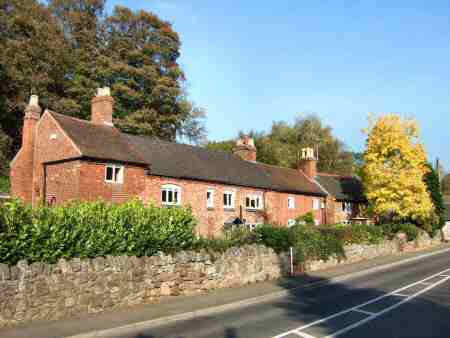

TICKNALL – ST GEORGE’S CHURCH
The scanty remains of the 13th-century church of St Thomas a Becket are still evident in the churchyard of St Georges’ Church. It was blown up, when it became too small to meet demand, with gunpowder from the lime yards. The name changed, perhaps to honour the patron Sir George Crewe. Nearby stands a medieval preaching or market cross, transferred from a site in front of a row of seven almshouses built by Charles Harpur in 1772. Amongst the more modern tombstones is that of Ted Moult, the popular radio and television personality, who was a local farmer.
TICKNALL TRAMWAY
A horse-drawn tramway was constructed running from Ticknall to the Ashby Canal, to link up with the Midlands canal system. It carried limestone in one direction and coal in the other. To comply with the sensitivities of the Harpur-Crewe family, its journey through the park was hidden from view, in a tunnel only about one foot below the surface.
The tramway is almost 140 yards in length and was built in 1802 by the Derbyshire engineer Benjamin Outram. The tunnel was restored by the National Trust in the 1990s and it can be used by walkers, who are advised to use a torch as the tunnel is dark, the floor uneven and headroom low. Properly equipped walkers will find passing through the tunnel an enjoyable experience.
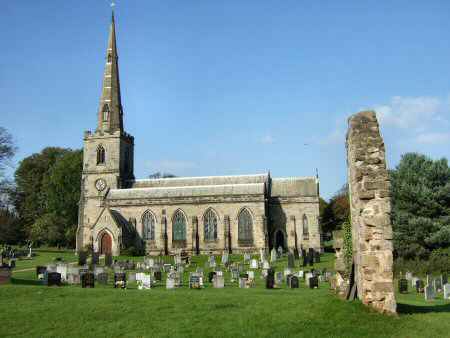
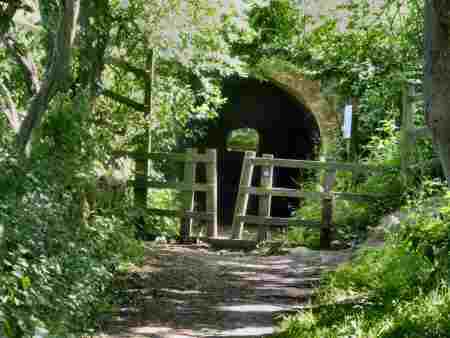
TRUSLEY
Trusley is seven miles west of Derby, near Dalbury Lees along narrow lanes. It is a tiny conservation village tucked away deep in the heart of the countryside in South Derbyshire. As mentioned in the Domesday Book, the Trusley estate came into the hands of the Coke family in 1418, but their original home is no more. In 1904, Major General John Talbot Coke built a new Trusley Manor, but this was reduced in size at the end of the Second World War. Many of the buildings in the village date from the 18th century including All Saints’ Church built for William Coke in 1712.
TWYFORD
The pretty village of Twyford is located along the northern bank of the River Trent, off the Willington to Swarkestone road. Before 1963, there was a chain ferry across the river at Twyford. The ferry is no more the floods during the winter of 1963 saw the ferryboat swept away, and it was never reinstated. The posts that supported the chain remain on both sides of the river. A mixture of cottages and farms remain alongside the village street, which is now a cul-de-sac. St Andrew’s Church is quite small and was built by the Knight of St John for travellers crossing Twyford Ferry. It is somewhat unusual as it seems to be mainly of brick construction, but the bricks only serve as an outer covering with the internal walls being of stone.
